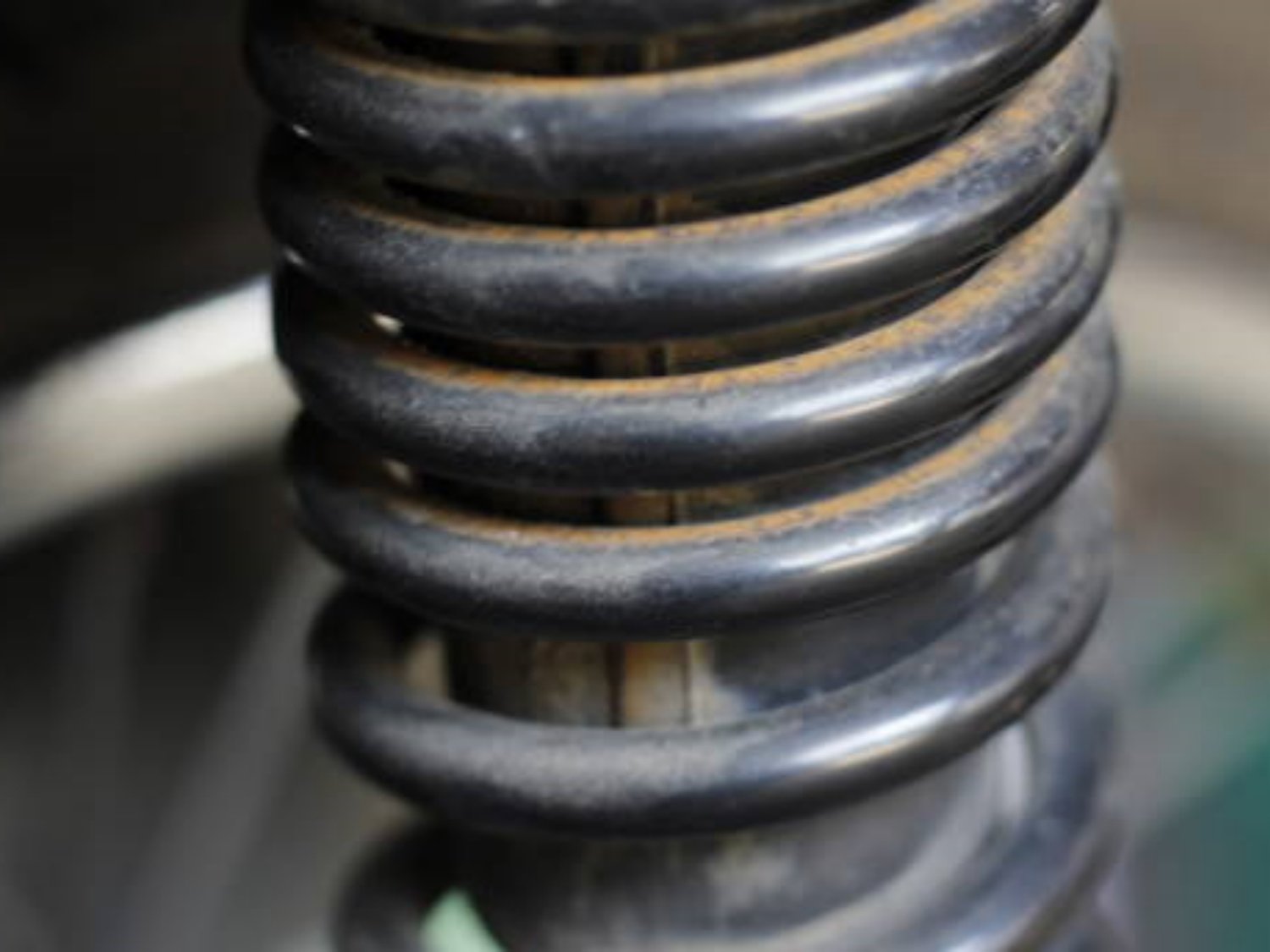The Role of flat tension springs in Mechanical Systems
Flat tension springs are an essential component in many mechanical systems, providing a reliable source of tension to keep parts in place or exert force when needed. These springs are designed to be flat, as opposed to coiled springs, and offer unique advantages in certain applications. In this article, we will explore the various benefits of using flat tension springs and their wide range of applications.
1. Introduction to Flat Tension Springs
Flat tension springs, also known as flat spiral springs or clock springs, are made from a flat strip of material that is tightly wound into a spiral shape. This design allows the spring to store and release energy when it is stretched or compressed. The material used for flat tension springs can vary depending on the specific requirements of the application, including stainless steel, carbon steel, or other alloys.
2. Superior Tension and Force Generation
One of the primary advantages of flat tension springs is their ability to generate a high amount of tension or force within a compact space. Due to their unique design, flat tension springs can exert a higher force compared to traditional coil springs of the same size. This makes them an ideal choice for applications where space is limited, and a strong, reliable force is required.
3. Versatile Applications of Flat Tension Springs
Flat tension springs find applications in a wide range of industries and products. They are commonly used in automotive systems, such as seat belts and suspension systems, where they provide the necessary tension to keep parts in place. They are also used in appliances, medical devices, aerospace equipment, and even toys. The versatility of flat tension springs makes them an essential component in various mechanical systems.
4. Precise Control and Stability of Flat Tension Springs
Flat tension springs offer precise control and stability in mechanical systems. They can be designed to provide a specific amount of tension or force, ensuring consistent performance and reliable operation. The flat shape of these springs also prevents them from rotating or twisting during operation, further enhancing their stability. This makes them an excellent choice for applications that require precise control and stability, such as in precision instruments or machinery.
5. Durability and Longevity of Flat Tension Springs
Flat tension springs are known for their durability and longevity. The materials used in their construction are selected for their high tensile strength and resistance to corrosion and wear. This allows flat tension springs to withstand heavy loads, repetitive use, and harsh environmental conditions without compromising their performance. Their long lifespan makes them a cost-effective choice for many applications.
6. Easy Installation and Maintenance of Flat Tension Springs
Installing and maintaining flat tension springs is relatively easy compared to other types of springs. Their flat shape and compact size make them easier to handle and install in tight spaces. Additionally, flat tension springs require minimal maintenance due to their robust construction and resistance to wear. This reduces downtime and maintenance costs for systems that rely on these springs.
7. Customization Options for Specific Applications
Flat tension springs can be customized to meet the specific requirements of different applications. Manufacturers can tailor the dimensions, material selection, and even the shape of the spring to optimize its performance in a particular system. This level of customization ensures that the flat tension spring is perfectly suited for its intended purpose, maximizing its efficiency and effectiveness.
8. Safety Features and Applications of Flat Tension Springs
Flat tension springs are often used in safety-critical applications where their reliable performance is crucial. For example, they are used in safety belts to provide the necessary tension to restrain passengers during sudden stops or impacts. They are also employed in emergency braking systems, ensuring rapid and effective stopping power. The high reliability and durability of flat tension springs make them an ideal choice for safety features in various industries.
9. Cost-Effectiveness and Efficiency
Flat tension springs offer a cost-effective solution for many applications. Their ability to generate high forces within a compact space means that fewer springs are required compared to other types of springs. This reduces material costs and simplifies the design and assembly process. Additionally, their long lifespan and minimal maintenance requirements contribute to their overall cost-effectiveness.
10. Conclusion
Flat tension springs play a crucial role in mechanical systems, offering superior tension and force generation, precise control and stability, durability, easy installation and maintenance, customization options, and safety features. Their versatility and cost-effectiveness make them a popular choice across various industries. Whether in automotive systems, appliances, medical devices, or aerospace equipment, flat tension springs provide the necessary tension and force to ensure optimal performance and reliability.

